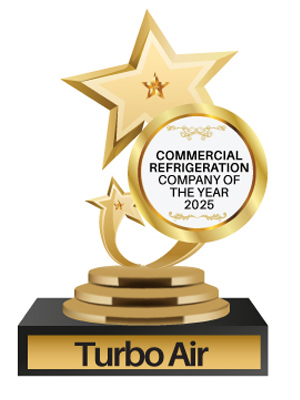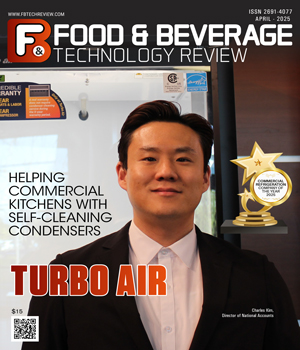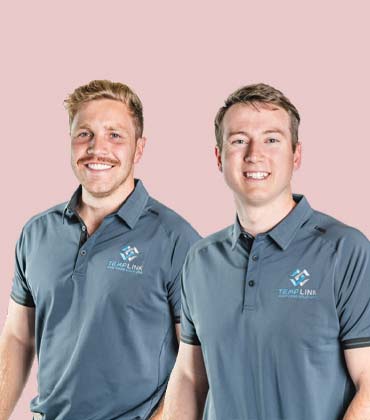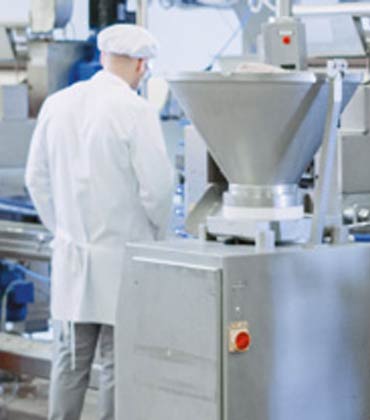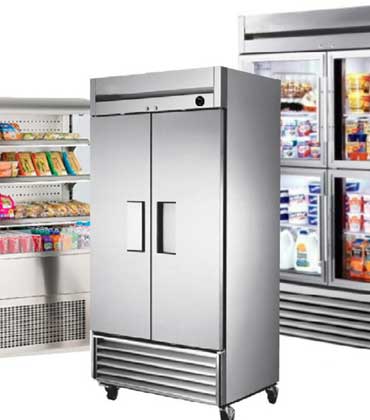THANK YOU FOR SUBSCRIBING
Food and Beverages Tech Review: Specials Magazine
Refrigeration is the backbone of any commercial kitchen, yet it faces constant challenges. High energy consumption, excessive frost buildup, and temperature inconsistencies are common issues resulting from outdated or poorly maintained systems. These problems hinder efficiency and lead to food spoilage, increased costs, and operational disruptions. For restaurant owners, unexpected equipment failures can bring the entire kitchen to a standstill, while preventive maintenance consumes valuable time and resources. Turbo Air, the inventor of the self-cleaning condenser for commercial refrigeration, is addressing these problems at their core. Initially focused on commercial refrigeration, the company has expanded to design, manufacture, and distribute energy-efficient solutions, including refrigerators, open-air coolers, pharmaceutical coolers, lab equipment, cold chain transport systems, and unattended payment coolers. These solutions help businesses maintain efficiency, reduce costs, and ensure smooth operations. Its groundbreaking self-cleaning condenser system, energy-saving fan controllers for refrigerators, and built-in high-temperature alarms for glass-door merchandisers and upright units are engineered to enhance efficiency and reliability for end users. “Our product range spans multiple categories, offering tiered options within each—distinguished by price, features, finishes, and, in some cases, lifetime warranties for specific components. With a diverse selection and flexible pricing, we cater to every need and budget,” says Charles Kim, director of national accounts.
On a delightful Saturday morning, the facilities director of West Fargo Public Schools received an alert on his phone regarding a freezer malfunction at one of their campuses. It was a notification from TempLink’s monitoring system. Reading the message, the director realized there was a bulk order of ground beef, along with other inventory, stored in the freezer that had been shipped on the previous day for the school district. Upon checking, they found the freezer temperature was heating up due to an unknown failure and filled it with dry ice until the HVAC team arrived. The instant alarm activated by TempLink’s solution, composed of gateways, sensors, and a dashboard—saved all the food and inventory worth over $200,000. Sensors within the cooling unit detected the rise in temperature and communicated the issue to the dashboard via a gateway. Utilizing the reliability and scalability of Amazon Web Services (AWS) Cloud, the system promptly sent an alert from the dashboard to the director’s phone, ensuring they were immediately informed. TempLink integrates LoRaWAN technology into all its wireless sensors for better connectivity, eliminating common connectivity and range issues of Bluetooth and Wi-Fi-based systems. With its high-performance rating, LoRaWAN reduces power consumption, offers a longer range with less interference from other frequencies, and provides a more stable connection, scalability, and security. “Leveraging over three decades of combined experience, we have built high-sensitivity devices that offer superior connectivity, reliable monitoring, and a cost-effective solution for our customers,” says Gary Tharaldson II, CEO.
CXO INSIGHTS

How Our Shared Innovation Culture Influences Our Mutual Success with QSR Customers
Eric Treon, Group Vice President, Golden State Foods

Raising Food Safety Standards Through Audits and Inspections
Adeniyi Odugbemi, Global Director - Food Safety, ADM

Mitigating Risk by Simplifying Food Safety Reports
Sharon Maloney, Food Safety and Quality Manager, Portillo’s Hot Dogs, LLC
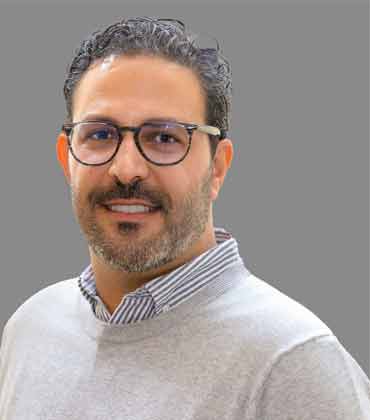
Plant-Based Meat Alternatives: Manufacturing Food Safety Considerations
Younes Jellal, Head of Supply Quality & Product Safety, Impossible Foods

Food Safety
Ron Burke, Sr. Director of Food Safety, Quality and Regulatory, Ardent Mills
IN FOCUS
Cutting-Edge Food Processing Technologies
The future of food processing is shaped by technologies prioritizing efficiency, nutrition, safety, and sustainability.
EDITORIAL
The Tech-Driven Evolution of Food Processing
The food processing industry is rapidly integrating smart technologies to enhance efficiency, safety and sustainability. Artificial intelligence (AI) and machine learning (ML) are being increasingly deployed for predictive maintenance, quality control and supply chain optimization. AI-driven analytics help manufacturers identify inefficiencies, reduce waste and improve product consistency. Meanwhile, automation and robotics are reshaping food handling and packaging, streamlining operations while minimizing human intervention in critical processes. Commercial refrigeration plays a pivotal role in supporting these advancements by maintaining food safety and extending shelf life through energy-efficient cooling solutions. Recent innovations include the adoption of low-global-warming-potential (GWP) refrigerants, such as CO₂ and hydrocarbons, which align with global sustainability goals while reducing operational costs. Smart refrigeration systems equipped with IoT-enabled temperature monitoring and automated diagnostics are enhancing real-time visibility and minimizing food spoilage. As manufacturers prioritize sustainability, commercial refrigeration is evolving to support a greener, more resilient food supply chain. Driven by these trends, the food processing industry market is poised to reach $2,683.16 billion by 2030, growing at a CAGR of 4.45 percent. This edition provides insights into recent developments in food processing solutions and how companies offer services aligned with the latest trends. The magazine features a thought leadership article from Suzanne Finstad, Vice President, Food Safety and Quality Assurance from Tyson Foods, highlighting the importance of a verification-based approach, ensuring proactive risk identification and prevention. It includes insight from industry expert Sharon Maloney, Food Safety and Quality Manager from Portillo’s Hot Dogs, LLC, who sheds light on how Portillo’s simplified its food safety reporting process by consolidating multiple reports into a streamlined scorecard. The publication spotlights Turbo Air as the cover story feature for its energy-efficient solutions that enhance reliability and reduce operational disruptions in maintaining optimal food safety and quality. In this edition, Top Food Processing Solutions Providers 2025, we hope you find the right partner to meet your organization’s needs.


